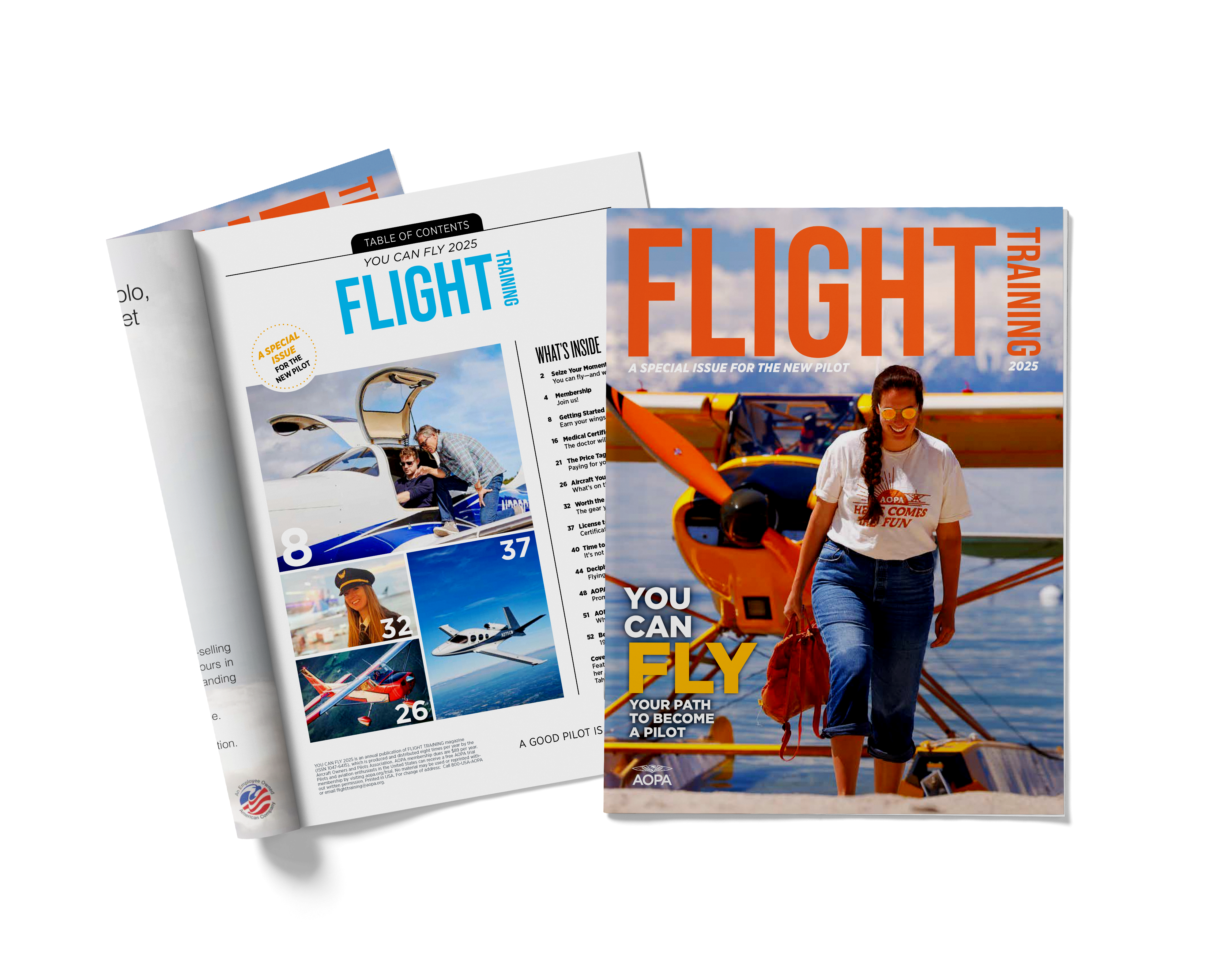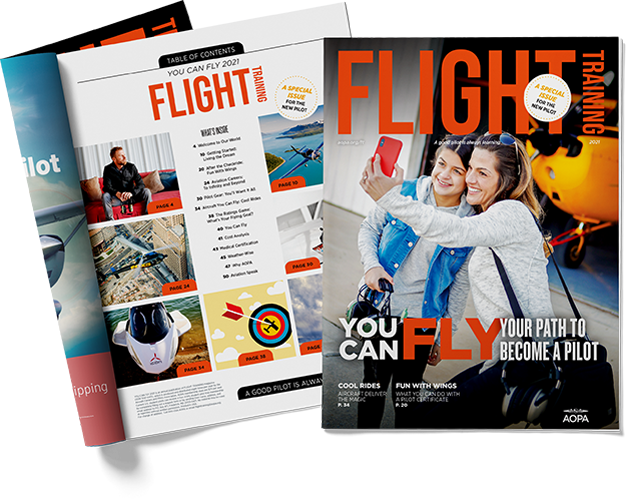Training and Safety Tip: Crosswind landings
A three-pronged strategy
Landing an airplane in a crosswind is a sequence of diminished flight control authority as airspeed decreases, requiring increased aileron and rudder deflection during the approach, touchdown, rollout, and taxi.
In a crosswind landing, I prefer using the sideslip method, commonly known as the wing-low technique. I also like flying a slightly longer than normal final approach, banked into the wind with enough rudder input to keep the airplane on the extended centerline. Doing so gives me a better opportunity to “feel the wind” and to get an idea of what kind of wrestling match I will be dealing with. Keep in mind that the wind velocity and direction may vary with altitude. Use whatever rudder and aileron input you need to align the airplane with the centerline. Touch down on the upwind tire, then lower the other tire to the runway as your airspeed diminishes. Keep the aileron increasingly deflected into the wind to keep the upwind wing from rising as your rollout speed decreases. This is extremely important in high-wing airplanes.
Using partial flaps or no flaps may be advisable in strong crosswinds or gusty winds. Check your airplane’s pilot’s operating handbook or flight information manual. Your approach speed will be a few knots higher, resulting in more flight control authority. Be aware that if you run out of rudder authority, you won’t be able to remain aligned with the runway centerline.
When your destination airport has a significant surface wind forecast, have a plan for an alternate airport with a runway more closely aligned with the forecast wind and perhaps with a wider and longer runway. Always be prepared physically and mentally to reject the landing and execute a go-around for another approach or to fly to another airport. The determining factor is your comfort level, which relates to your experience and skill levels.

You Can Fly !

This beginning pilots' resource guide explains what you can expect from your introductory flight through initial training— and how to turn your dream of flying into reality. Simply enter your name and email address.




